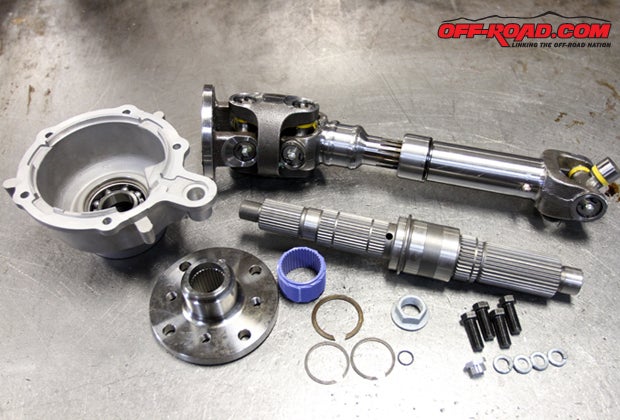
Whenever an off-road vehicle is lifted above stock height to improve ground clearance and accommodate larger tires, the geometry of certain parts can get a bit out of whack. When we first installed our 4-inch Skyjacker lift, the relationship between the axles and the output of the transfer case was changed, as the angle of the transmission and transfer case is adjusted slightly.
Other Stories from this TJ Wrangler Build:
G2 Gears, Eaton Detroit Truetrac, M.I.T. Drivetrain
Skyjacker Suspension, BFGoodrich Tires, ATX Wheels

Ultimately this change shifted the angle of our stick shift for our manual TJ so that it now angled backward slightly, which required some minor modification to the stick shift boot and housing. More importantly, it also caused a slight bit of operating vibration, something that would eventually cause premature wear on u-joints and drivetrain components.
A Slip-Yoke Eliminator kit (SYE), short-shaft kit, or tail-shaft conversion (whichever you would prefer to call it), helps to realign the geometry to accommodate the changes created by the lift. The kit creates a fixed yoke output at the rear of the transfer case and swaps out the stock driveshaft for a double-cardan shaft made specific to each application.
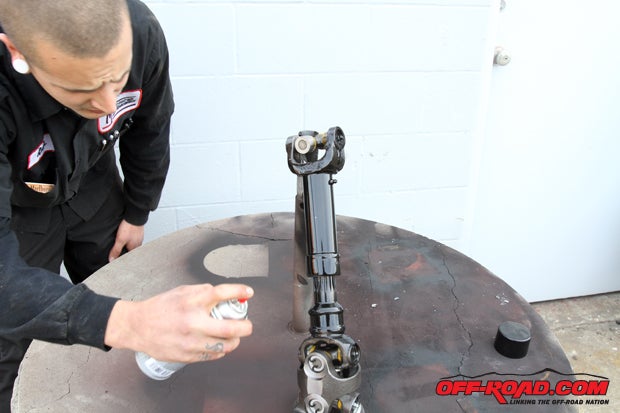
There are a number of options for these kits on the market, many of which offer slightly different tweaks, but we chose to go with Tom Wood’s Super-Duty Kit for our NP231 transfer case. Tom Wood may be best known for his custom drive shafts, but he also offers a number of different SYE kits. Wood explains his kit is similar to Advanced Adapter’s kit with one important tweak.
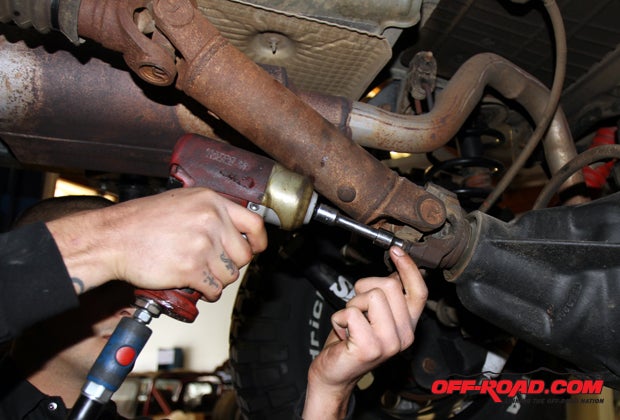
“Our kit is essentially the same as the Advanced Adapter kit but is uses a flat flange instead of a yoke,” Wood said. “The flange is constructed of a solid billet that is not going to break.”The kit utilizes Wood’s universal flange pattern as opposed to a yoke, which is a durable design but it also offers the option for future change. The output flange is constructed with multiple holes in its design that Woods points out allows it to “accept 1310, 1330 or 1350 series for a CV or non-CV type driveshaft. You could also bolt up a 1410 to it as well. It leaves it open to evolution.”
Wood feels so strongly about the durability of his kit that he advertises if the output shaft or output flange ever break due to excessive torque or shock load, they will replace the parts free of charge or refund the price of the conversion and also pay out $100 for your trouble.
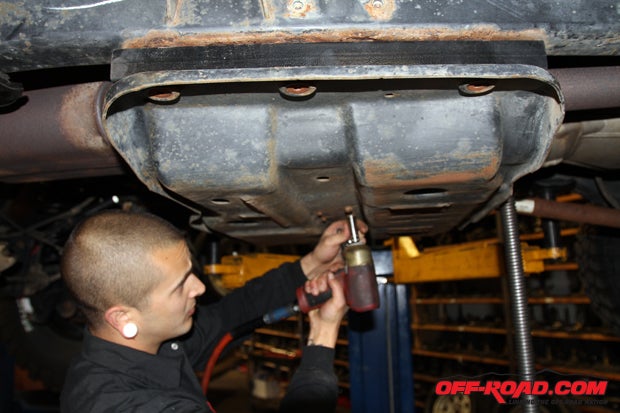
For the installation of our kit, we turned to M.I.T. in El Cajon, California, the shop that performed our G2 re-gearing, Eaton Detroit Truetrac install and axle straightening work. Not only were we confident owner Jeff Sugg’s expertise in the drive train realm would serve us well, but more importantly he was actually the originator of the short-shaft kit on Wranglers decades ago – the late ‘80s specifically.
Back about the time he was first opening his shop, while working on his ’88 YJ he came across an issue that he hoped to fix.
“The goal I had was to lengthen the driveshaft as much as possible, so the goal is to get back to a design with a fixed-yoke design,” Sugg said, noting the design employed on previous models but that Jeep went away from.
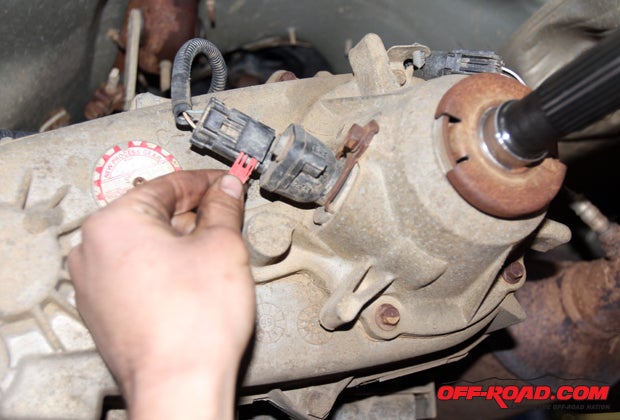
For a stock vehicle, the slip-yoke design works well. Sugg said it actually makes a lot of sense that the manufacturer uses the design because it’s easy to install and works well in a stock setup. Modify the Jeep, however, and the system doesn’t adapt well to changes in ride height.
“The shorter and simpler they are, the more reliable they are. I was trying to go back to what I thought was the most reliable setup,” he said. “[The stock setup] is not adaption friendly and that’s the main reason for going that way is going back to a system that is more simple, and reliable, and adaptable to applications.”
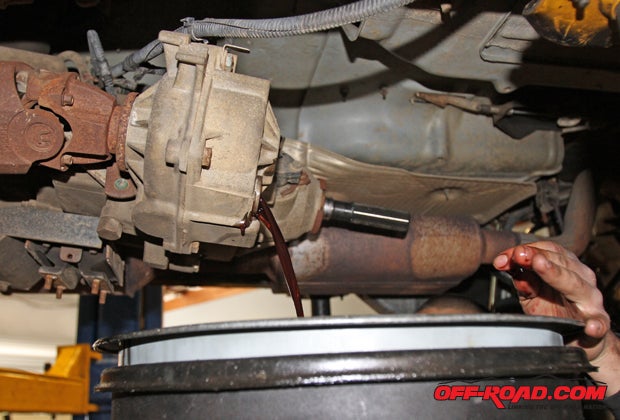
Although Sugg was unable to patent the slip-yoke design back in the day, he is held in high regard in the industry for his contributions on this design. Sugg tells us M.I.T. traditionally installs an Advance Adapters kit since it is the closest to Sugg’s design, so we are happy our Tom Wood’s kit doesn’t sway far from his original concept except for the flange adaptation.
Our SYE kit would not only address our driveline angle and vibration issues by replacing the slip yoke with the fixed yoke, but it would also provide more durability as well since our 27-spline yoke is being with a larger, 32-spline yoke. Tom Wood also includes a new drive shaft with his 231 Super Duty kit that is specific to our vehicle’s lift height. This new double-cardan-type drive shaft replaces the stock single-cardan drive shaft to provide two u-joints on the transfer case side of the shaft for improved resistance and durability for off-road wear and tear.
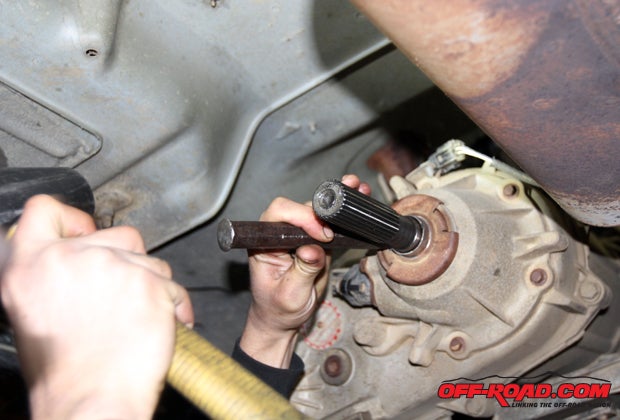
For a competent home garage mechanic with the proper tools and lift, this is an upgrade that can be done at home. Tom Wood includes very detailed instructions on the installation, explanation of tools needed as well as helpful tips to watch for along the way. Lacking the proper lift and shop space, we instead headed to M.I.T. to have the professionals help us with the build and make sure it gets done right. Ryan Robinson was our technician helping us on the build, and we were glad for their insight along the way.
Follow along with the remaining images for a more detailed breakdown of the installation. 
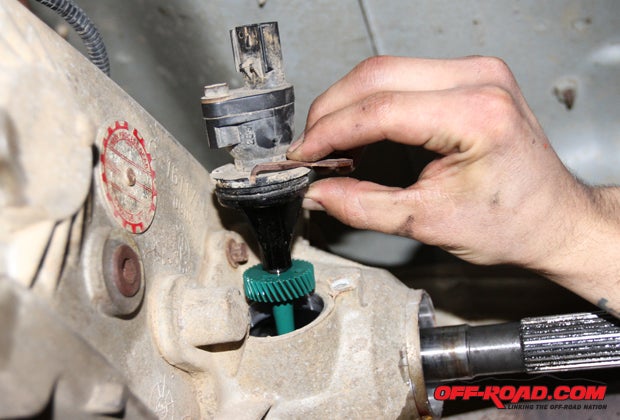
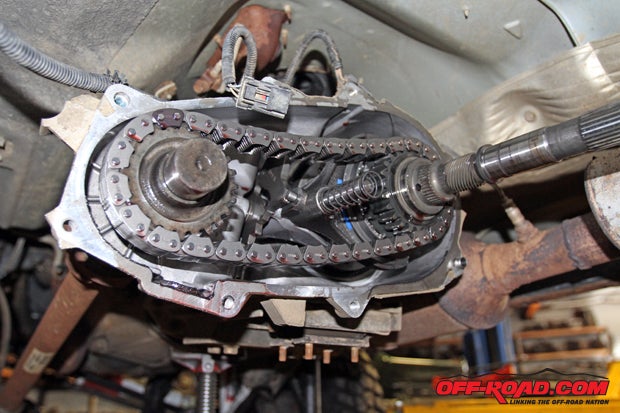
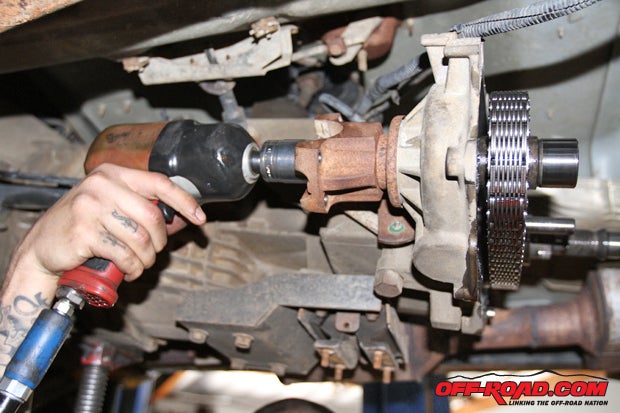
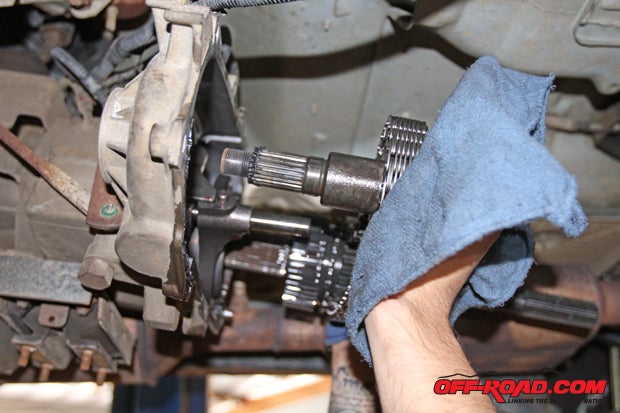
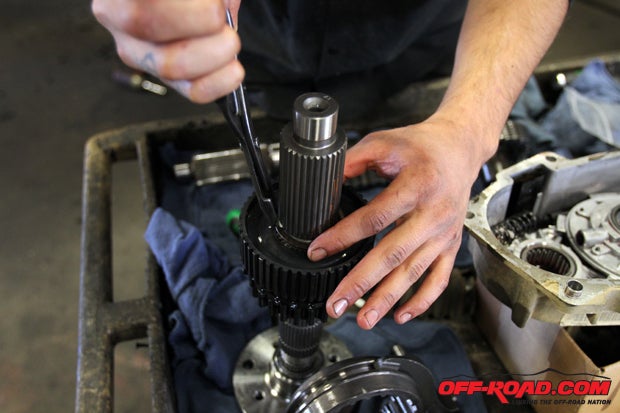
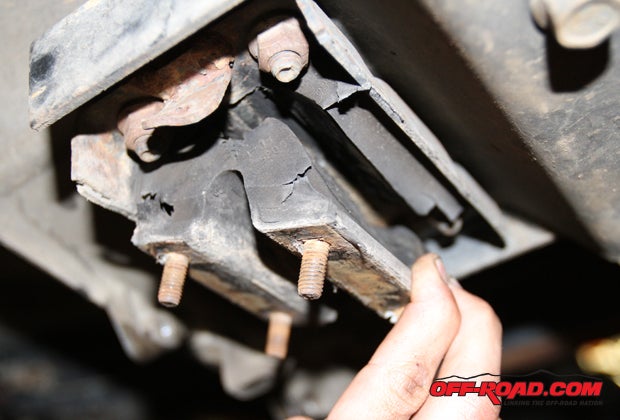
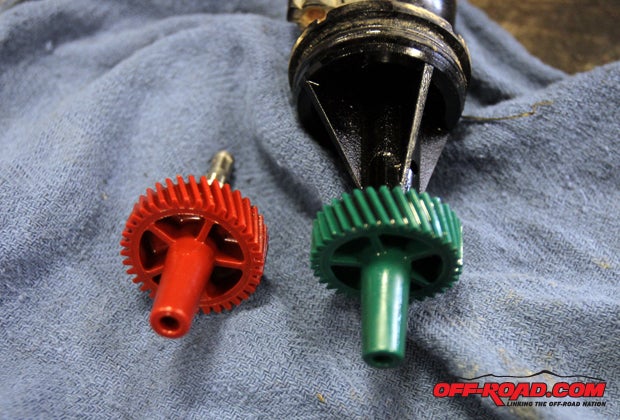
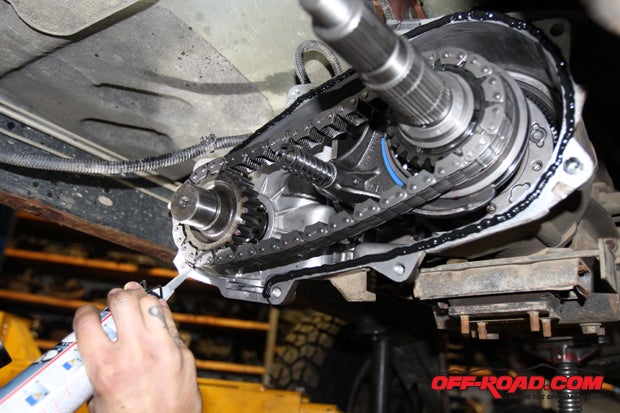
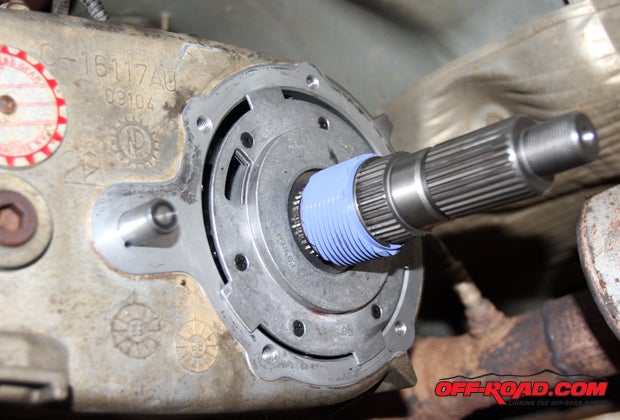
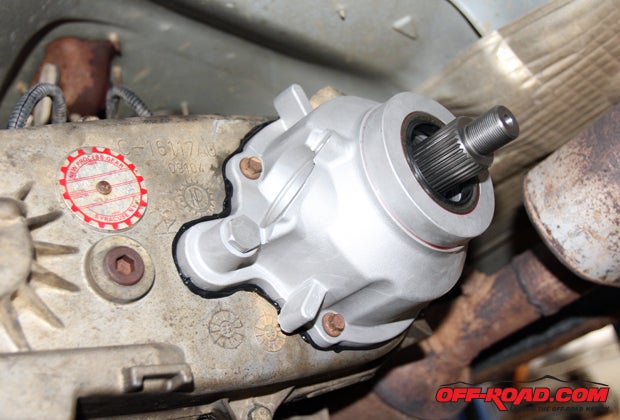
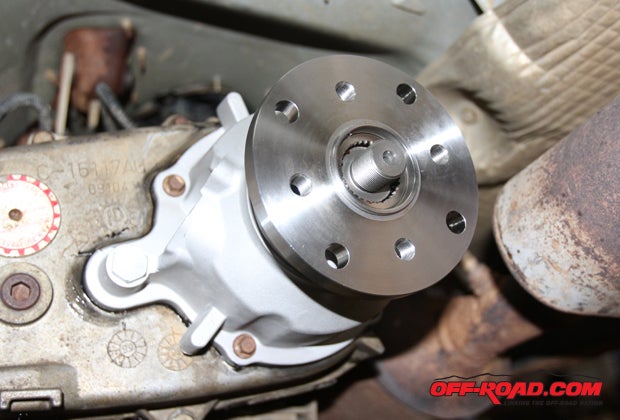
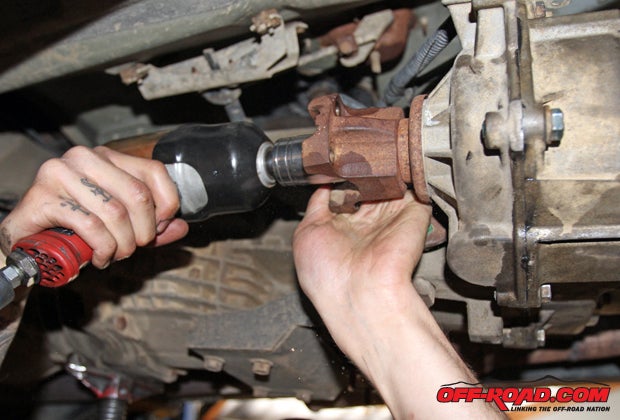
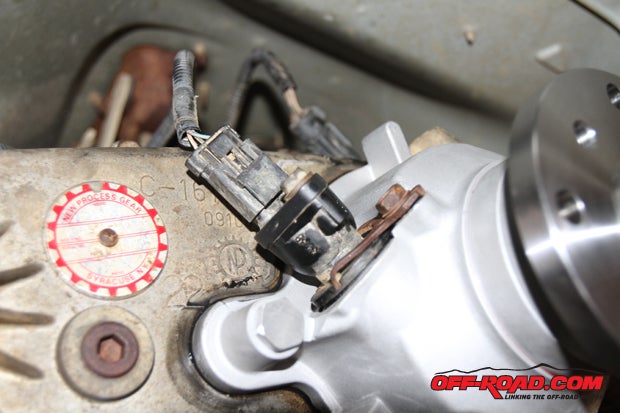
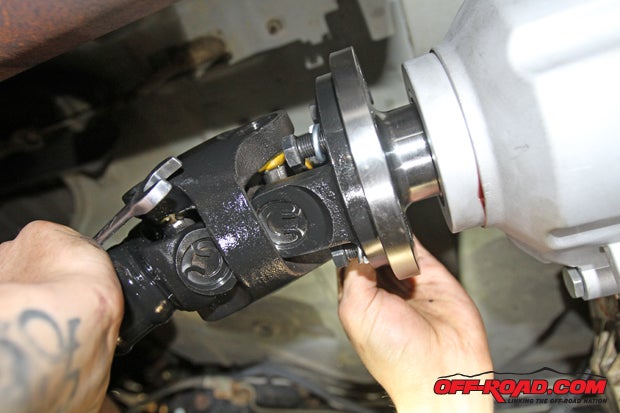
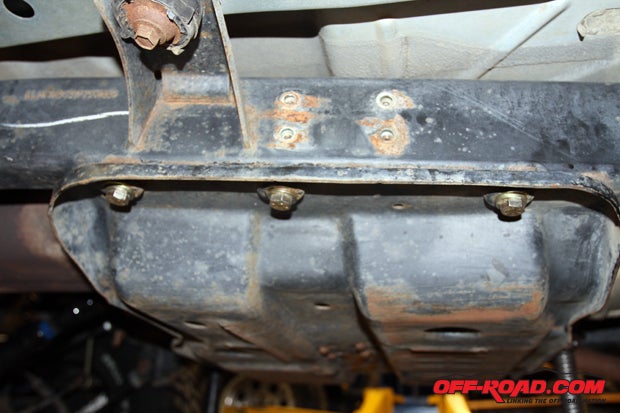
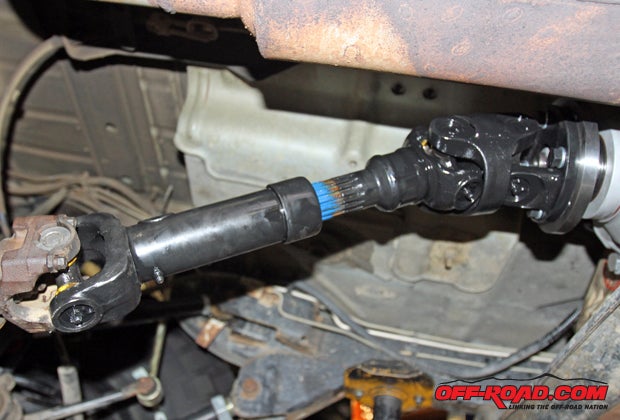
SOURCES:
Tom Wood
801-737-0757
4xShaft.com
Mechanically Inclined Technicians (M.I.T.)
619/579-7727
Mit4x4.com
Eaton Detroit Truetrac
EatonPerformance.com
G2 Axle & Gear
G2axle.com
Royal Purple
RoyalPurple.com
ATX Wheels
ATXwheels.com
BFGoodrich Tires
BFGoodrichTires.com
Off Road Warehouse
800/341-7757
OffRoadWarehouse.com
Skyjacker Suspension
Skyjacker.com
Other Stories from this TJ Wrangler Build:
G2 Gears, Eaton Detroit Truetrac, M.I.T. Drivetrain


 Your Privacy Choices
Your Privacy Choices